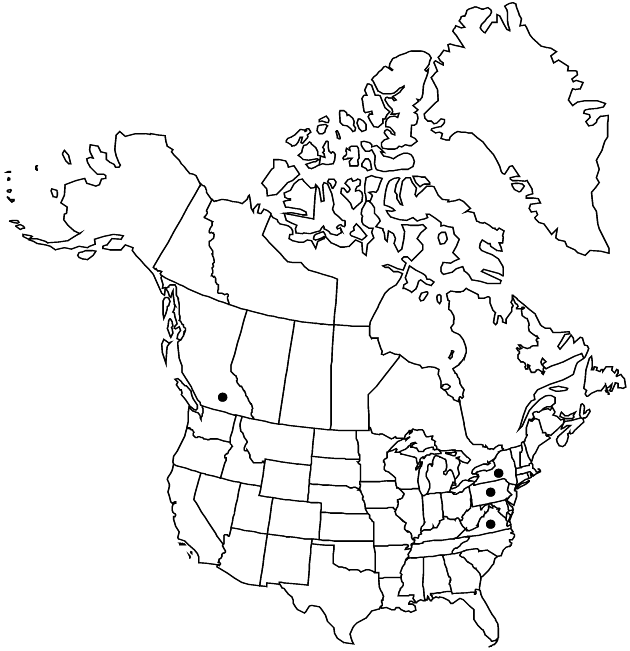Difference between revisions of "Eupatorium cannabinum"
Sp. Pl. 2: 838. 1753.
FNA>Volume Importer |
FNA>Volume Importer |
||
| Line 48: | Line 48: | ||
|publication year=1753 | |publication year=1753 | ||
|special status= | |special status= | ||
| − | |source xml=https://jpend@bitbucket.org/aafc-mbb/fna-data-curation.git/src/ | + | |source xml=https://jpend@bitbucket.org/aafc-mbb/fna-data-curation.git/src/f50eec43f223ca0e34566be0b046453a0960e173/coarse_grained_fna_xml/V19-20-21/V21_1162.xml |
|tribe=Asteraceae tribe Eupatorieae | |tribe=Asteraceae tribe Eupatorieae | ||
|genus=Eupatorium | |genus=Eupatorium | ||
Revision as of 20:33, 16 December 2019
Perennials, 30–150 cm. Stems (from short rhizomes) single, branched distally, puberulent. Leaves opposite; subsessile or petiolate; blades palmately 3(–5)-lobed (at least larger proximal, lobes relatively broad), blades (or lobes) lanceolate to lance-ovate, 50–100 × 20–40 mm, margins serrate, apices rounded to acute, faces puberulent, gland-dotted. Heads in dense, corymbiform arrays. Phyllaries 8–10 in 2–3 series, oblong, 4.5–6 × 1.5–2 mm, apices rounded, abaxial faces puberulent, gland-dotted. Florets (4–)5(–6); corollas (usually pinkish) 2–2.5 mm. Cypselae 2–3 mm; pappi of 20–30 bristles 3–5 mm. 2n = 20.
Phenology: Flowering Jul–Sep.
Habitat: Disturbed sites
Elevation: 10–100 m
Distribution

B.C., N.Y., Pa., Va., Europe.
Discussion
Eupatorium cannabinum is a garden escape; it is native to Europe and may be established in British Columbia; it is only casually adventive elsewhere in the flora area.
Selected References
None.